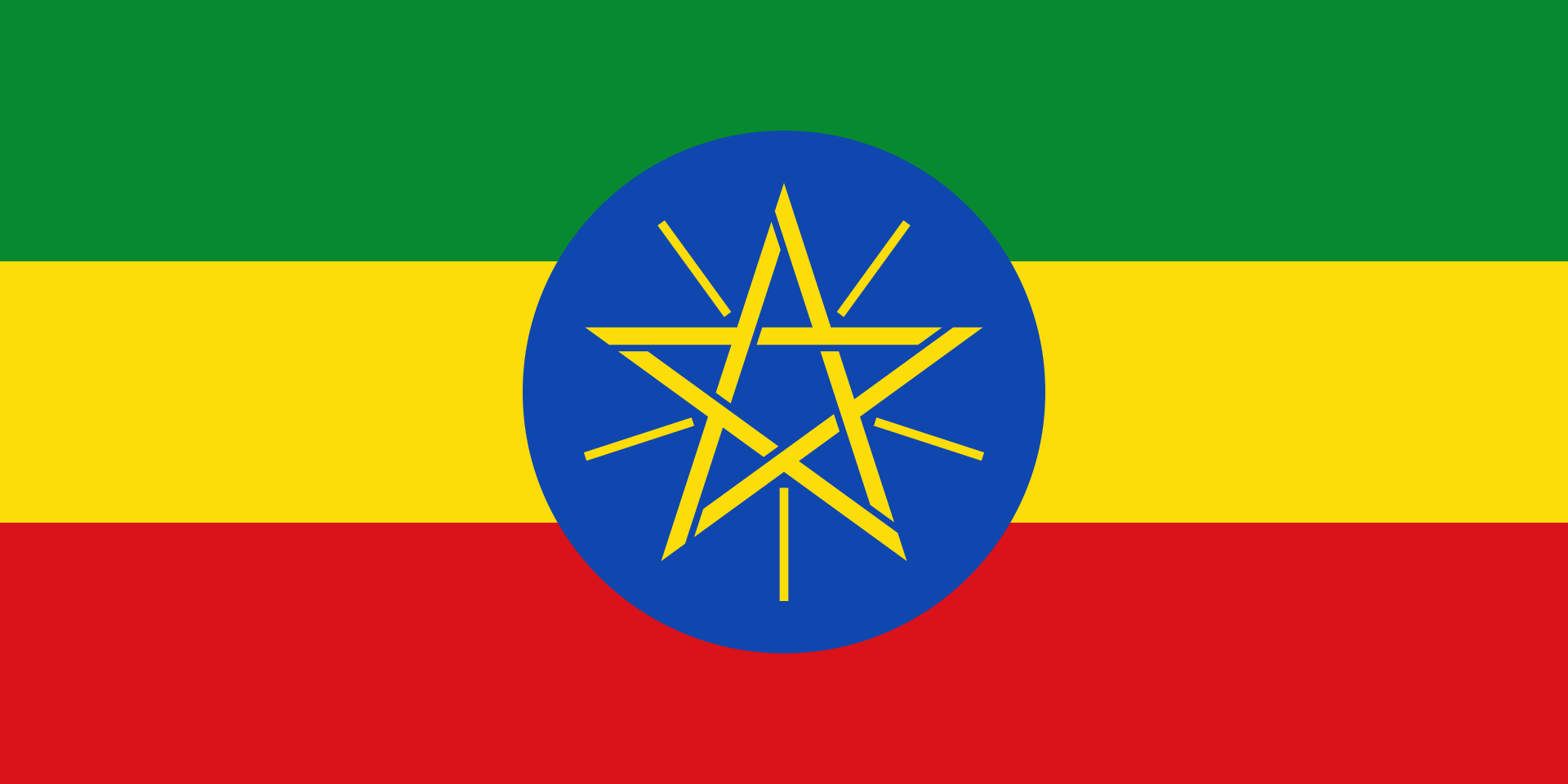Ethiopia is the 27th largest country in the world, comparable in size to Bolivia. It lies between latitudes 15° and 3°N, and longitudes 33° and 48°E.
The bulk of Ethiopia lies on the Horn of Africa, which is the eastern part of the African landmass. Bordering Ethiopia are Sudan and South Sudan to the west, Djibouti and Eritrea to the north, Somalia to the east, and Kenya to the south. Within Ethiopia is a vast highland complex of dissected mountains and plateaus divided by the Great Rift Valley, which typically extends northeast-southwest and is surrounded by lowlands, steppes, or semi-desert. The great diversity of terrain determines wide variations in climate, soil, natural vegetation, and settlement patterns.
The appropriate time for tourism in Ethiopia: The dry seasons in Ethiopia are considered the appropriate period to visit for many, which is the period extending between the months of October and February, when the climate is dry and sunny, in addition to the rainy season in which many cultural festivals are held, which lasts from June until September.
Ethiopia's fame stems from its diverse climate, as it does not have a uniform climate like other countries near the equator. The Danakil Depression is characterized by being one of the driest areas on Earth, while snow forms on the Ethiopian highlands. Southern Ethiopia and the lowlands are characterized by a tropical climate between heat and humidity, in addition to the fact that most of the country is affected by two main rainy seasons, which are: Light rain falls from February to March, and the second season is heavy rain from June to September. The best time to visit Ethiopia is during the dry season, which lasts from October to early February, because the weather is generally dry and sunny.

